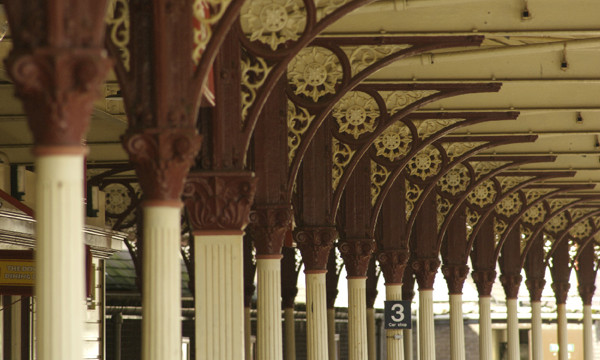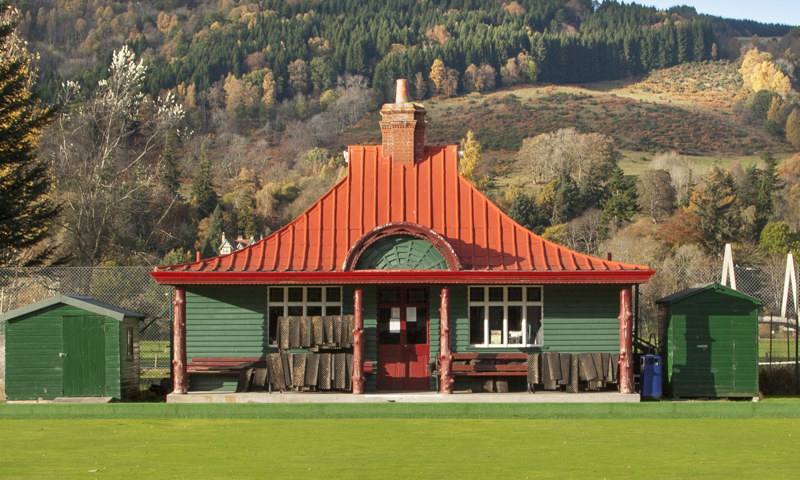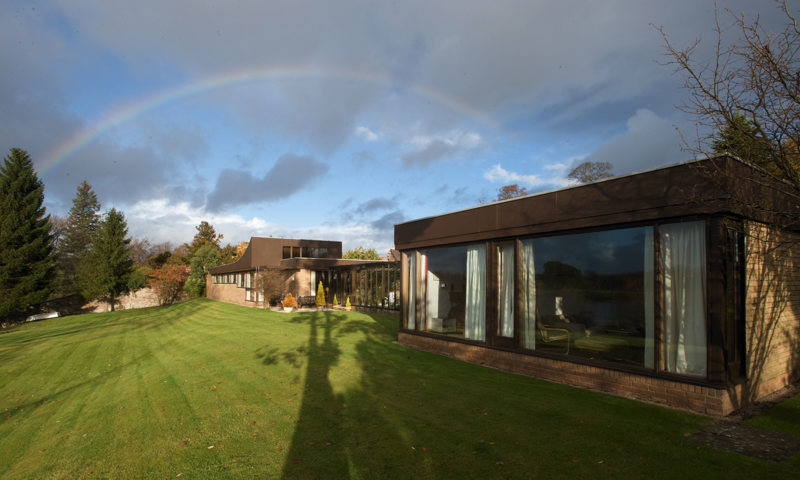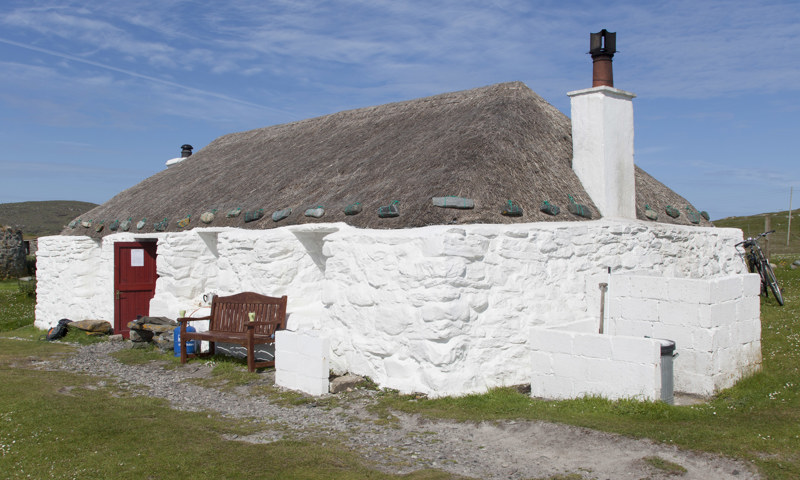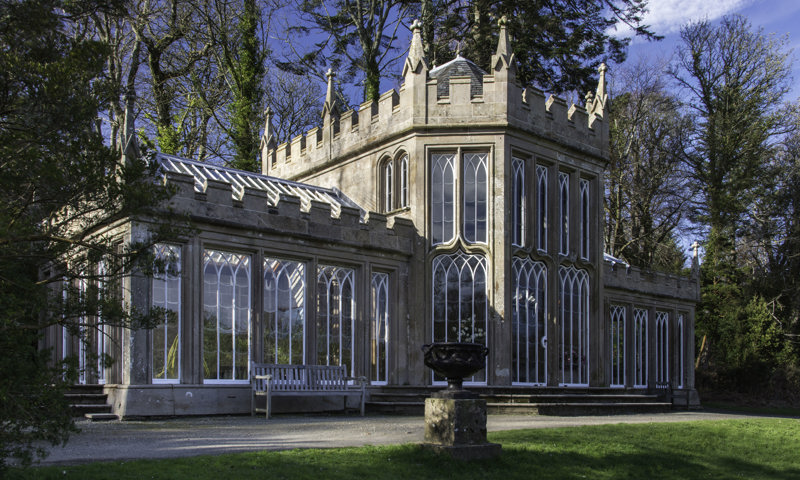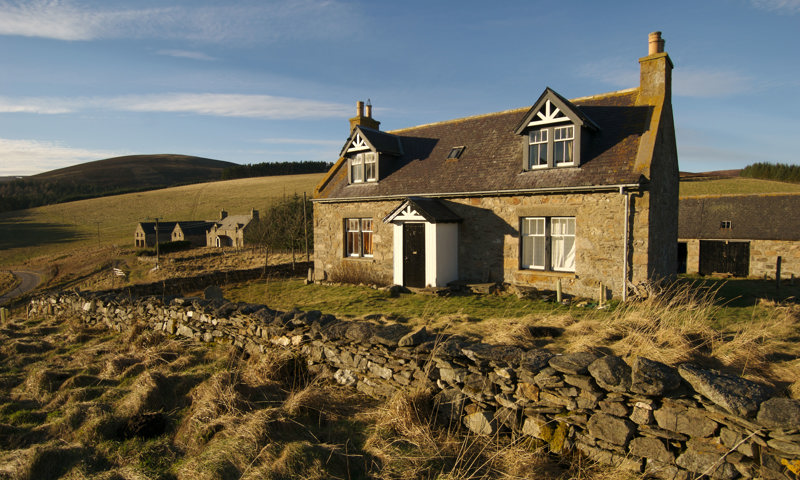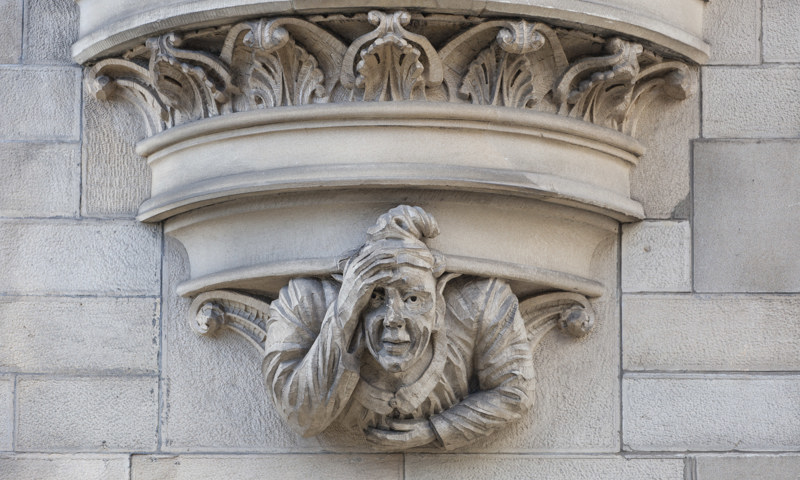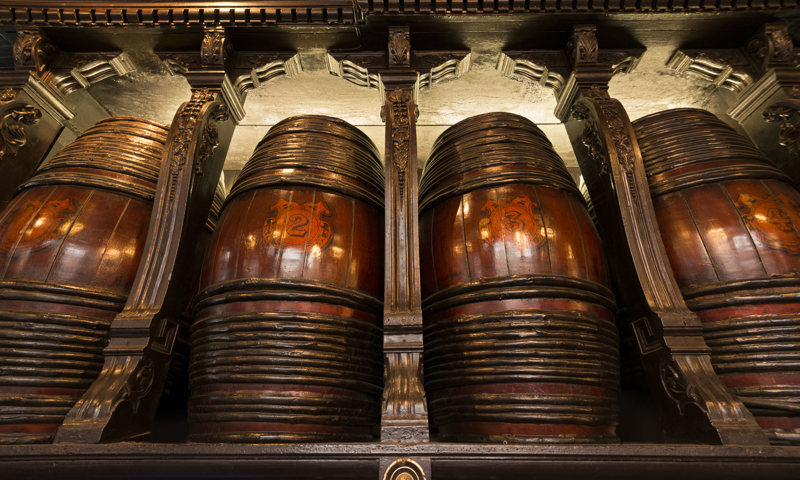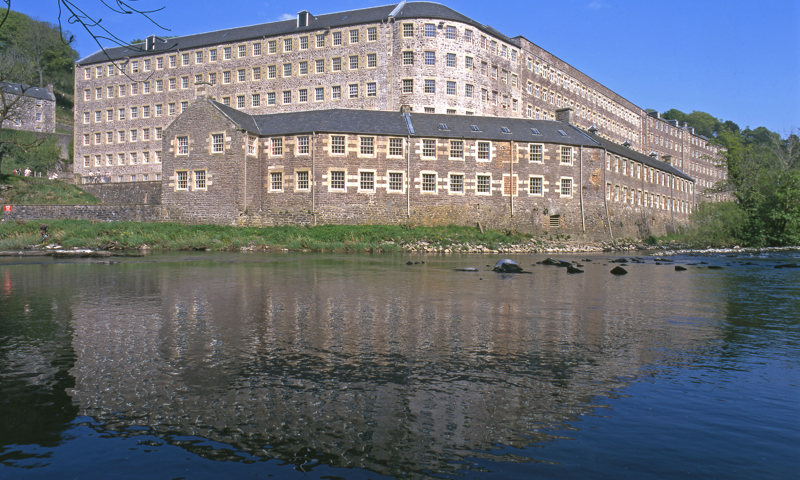1 Overview
Listed buildings enrich Scotland’s landscape and chart a great part of our history.
Many buildings are of interest, architecturally or historically. But to be listed, a building must be of ‘special’ architectural or historic interest.
We list buildings of special architectural or historic interest. A dedicated team researches and assesses all designation applications. Listing is carried out under the Planning (Listed Buildings and Conservation Areas) (Scotland) Act 1997.
Download Scotland's Listed Buildings (available in English and Gaelic)
Find out more about our designation priorities and plans in our Designations 2020 Onwards document.
Listed buildings have characteristics that:
- help to create Scotland’s distinctive character
- are a highly visible and accessible part of our rich heritage
- express Scotland’s social and economic past
- span a wide range of uses and periods
- contribute significantly to our sense of place
Listed buildings cover diverse aspects of life, including:
- education
- recreation
- defence
- industry
- housing
- worship
We assess buildings for listing using the Designation Policy and Selection Guidance (2019).
To merit listing, the structure must meet set listing criteria.
Find out about the listing process.
You may find our glossary of architectural terms useful.
2 Listing and development
You’ll need listed building consent to make changes to a listed building that your planning authority deems will affect its character. You should apply to your planning authority for consent.
Listing isn’t intended to prevent development. It simply signals a special interest that should be taken into account in the planning process.
You won’t be asked to undo any work done to the building before it was listed. A building is listed as it is on the date of listing.
Find out more about how listing affects owners.
When we will not take forward a listing assessment or list a building
The legislation that sets out what can be designated is brief. It allows us to designate regardless of other factors such as development proposals. However, in carrying out designations work, we will act proportionately in line with the Scottish Regulators’ Strategic Code of Practice.
In practice, this mean that we normally avoid intervening unnecessarily in the planning process or other regulatory processes where there are development proposals by adding a new designation. This may also extend to reviewing designations.
We consider the individual circumstance of each case. In deciding whether to designate site or place or amend an existing designation while there are ongoing development proposals, appeals or enforcement, we will consider:
- the implications of designation on development proposals
- the effect of the proposed development on the significance of the site or place
- the extent to which plans have been developed for the site or place
3 Categories of listing
Buildings are put into one of three listing categories according to their relative importance.
Category A
Buildings of special architectural or historical interest which are outstanding examples of a particular period, style or building type.
Category B
Buildings of special architectural or historic interest which are major examples of a particular period, style or building type.
Category C
Buildings of special architectural or historic interest which are representative examples of a period, style or building type.
4 What does a listing include?
A listing applies to:
- the whole building or structure at the statutory address on the listed building record
- both the interior and exterior, whatever the listing category
It may also cover structures around the building. The planning authority decides if the listing also covers other structures at the address.
This is known as the ‘curtilage’ of a listing.
For example, the curtilage of a listing for a country house (where only the house name appears in the statutory address) might include:
- structures such as boundary walls, gates and gatepiers
- additional buildings, like a lodge or stable block
To decide if curtilage applies, planning authorities will consider whether the structures:
- were built before 1 July 1948
- were in the same ownership as the main subject of the listing at the time of listing
- clearly relate to the main subject of the listing in terms of their (original) function
- still relate to the main subject on the ground
Contact your planning authority if you're unsure about what is covered by a listing.
5 Listing exclusions
Legislation introduced on 1 October 2015 allows us to state that any of the following may be excluded from a listing:
- an object or structure fixed to the building
- any object or structure within the curtilage of a listing
- any part or feature of a listed building that is not of architectural or historic interest
This means you won’t normally need listed building consent for alterations to a building part that is identified as not of special interest.
You should still check with your planning authority before you undertake any work. While you might not need listed building consent, you may need planning permission or a building warrant.
In some cases, you may still need listed building consent. For example, if you demolish a late 20th-century extension that’s excluded from the listing but physically attached to the listed building, you may need listed building consent to make good any stonework on the listed building affected by the work.
How to tell if something’s excluded
If part of your building is not listed under the new legislation, that part will be excluded in the statutory address and in the statement of special interest. The statement will use the word ‘excluding’ and quote the relevant section of the Planning (Listed Buildings and Conservations Areas) (Scotland) Act 1997.
Some earlier listed building records may use the word ‘excluding’, but if the 1997 Act is not quoted, the record has not been revised to reflect subsequent legislation.
Asking for an exclusion
Decisions about excluding parts of a building from a listing are made very carefully.
Listing exclusions in complex buildings can be challenging. If we’re unable to access parts of a building, we’ll be unlikely to use an exclusion. We need to be aware of the potential for hidden features of interest.
If you want us to review a listed building, fill out our designation application form [PDF, 140KB]. Buildings where development is being considered may take precedence.
We have around 47,000 listed building records, and earlier listings may not describe items of interest in detail. If a feature isn’t mentioned in the listed building record, that doesn’t mean that it’s excluded from the listing.
6 Moving a listed building
If a listed building is moved what happens to the designation?
Sometimes listed building consent will be granted to dismantle a listed building and move it to a new location. This can be near to the original location or many miles away. Once a listed building has been moved from its statutory address (the statutory address is the only legal part of the record) it stops being listed.
When we have been made aware that the building has been moved we will normally delist it. Anyone can also ask us to assess the building for listing in its new location.
In the majority of cases once a building has been dismantled and re-erected it will not continue to meet the criteria for listing. This is because moving it is likely to have had a considerable impact on its significance and in many cases the structure will be considered to be a ‘new’ building and not eligible for listing for around 30 years.
Very seldom a building may be dismantled and moved to a location at the same address. In this case we would examine the case for listing as explained above.
In rare cases it may be appropriate for a moved structure to remain listed even though it has been relocated. This is most likely for structures which can be removed in one piece and with a minimum of intervention to the fabric, such as a cast iron bridge, sculpture or war memorial and where the new location is considered not to have an adverse impact on the merit of the structure. In these cases we would normally delist the structure in its original location and reassess it in its new location when asked to do so.
7 Listed building records
Search the portalThe ‘list’ is a record of all the buildings of special architectural or historic interest. Each listed building has its own listed building record within the ‘list’.
Every listed building record includes:
- the address of the building – the only statutory element of the listing
- a category - A, B or C - which is only advisory
- the date of listing
It may also include:
- a description of the structure
- supporting information about why the structure is of special architectural or historic interest
- a map
- photographs
List descriptions written some time ago tend to be very brief.
The statutory address and other information give an indication of the special architectural or historic interest of the building. But the listed building record isn’t intended to be a definitive historical account or a complete description of the building.
View a glossary of architectural terms [PDF, 296KB] used in listed building records.
Download our guide for owners and occupiers of Scotland’s listed buildings. It is also available in Gaelic.

